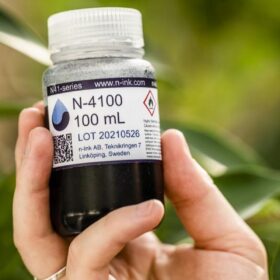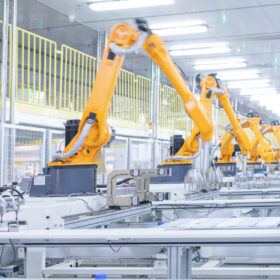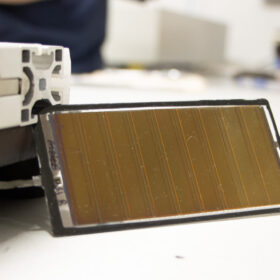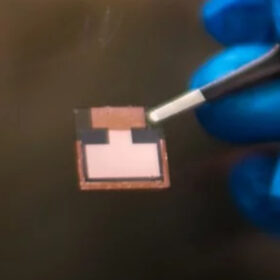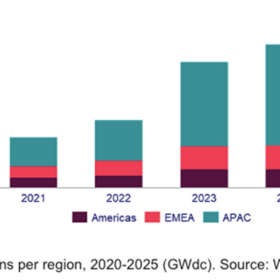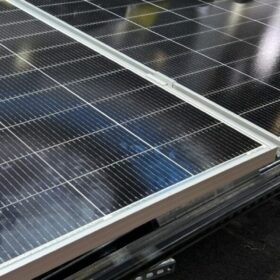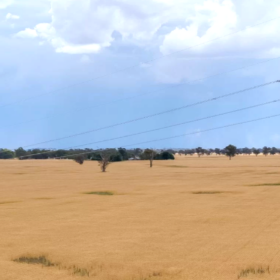Swedish startup launches n-type conductive inks for perovskite cells
N-ink, a spinoff of the Linköping University, has developed conductive inks that can be used in the charge extracting layer of organic solar cells and in transport layers of perovskite solar cells.
JinkoSolar sues Longi in Australia in third patent case this year
JinkoSolar has sued Longi for patent infringement in Australia, its third legal action against the company this year, following filings in China and Japan. The lawsuit, filed in the Federal Court of Australia, claims that Longi used an unspecified solar cell technology.
China exports 235.9 GW of solar panels in 2024
China exported 235.93 GW of PV panels in 2024, a 13% increase over the previous year. Of this, 94.4 GW were shipped to Europe, down 7% from 2023.
Aiko launches new rooftop solar panel with 24.3% efficiency
Aiko has launched what it claims is the highest-efficiency residential rooftop solar panel available in Australia, a 480 W panel featuring a power conversion efficiency of 24.3%.
Canadian miner acquires European arm of Halocell
Canadian silica mining company Homerun Resources has acquired Halocell Europe, a subsidiary of Australian perovskite solar cell manufacturer Halocell Energy, for the commercialisation of perovskite solar.
Scientists build 23.2%-efficient lead-tin perovskite solar cell with improved lifetime
The researchers built the cell with a hole transport layer (HTL) based on PEDOT:PSS and were reportedly able to reduce the losses caused by this compound with the utilisation of a thiocyanate additive. The champion lab-sized device achieved an open circuit voltage of 0.875 V, a short circuit current density of 31.84 mA cm−2, and a fill factor of 83.23%.
UNSW team scores world record with kesterite solar cell
Researchers at the University of New South Wales have broken the energy efficiency world record for a kesterite solar cell, a technology that is being explored as a potential long-term improvement for silicon-based PV technology.
Wood Mackenzie tips solar growth to stagnate in 2025
Wood Mackenzie’s latest report forecasts that 493 GW (DC) of solar will be added throughout the world this year, compared to 495 GW in 2024. Solar module prices are expected to rise this year as manufacturers aim to recover profit losses from the past two years.
JinkoSolar takes top spot on WoodMac’s list of PV module manufacturers
Wood Mackenzie says that JinkoSolar has taken first place on its list of solar panel manufacturers. The report confirms the dominance of the TOPCon technology but also notes that heterojunction and back contact panel manufacturers are increasing their production share.
Green bank gets $2 billion windfall to boost further investment in clean energy
A $2 billion allocation from the Australian government to its ‘green bank’ Clean Energy Finance Corporation will boost investment commitments in renewable energy generation and storage, electric vehicles, infrastructure and natural capital.
